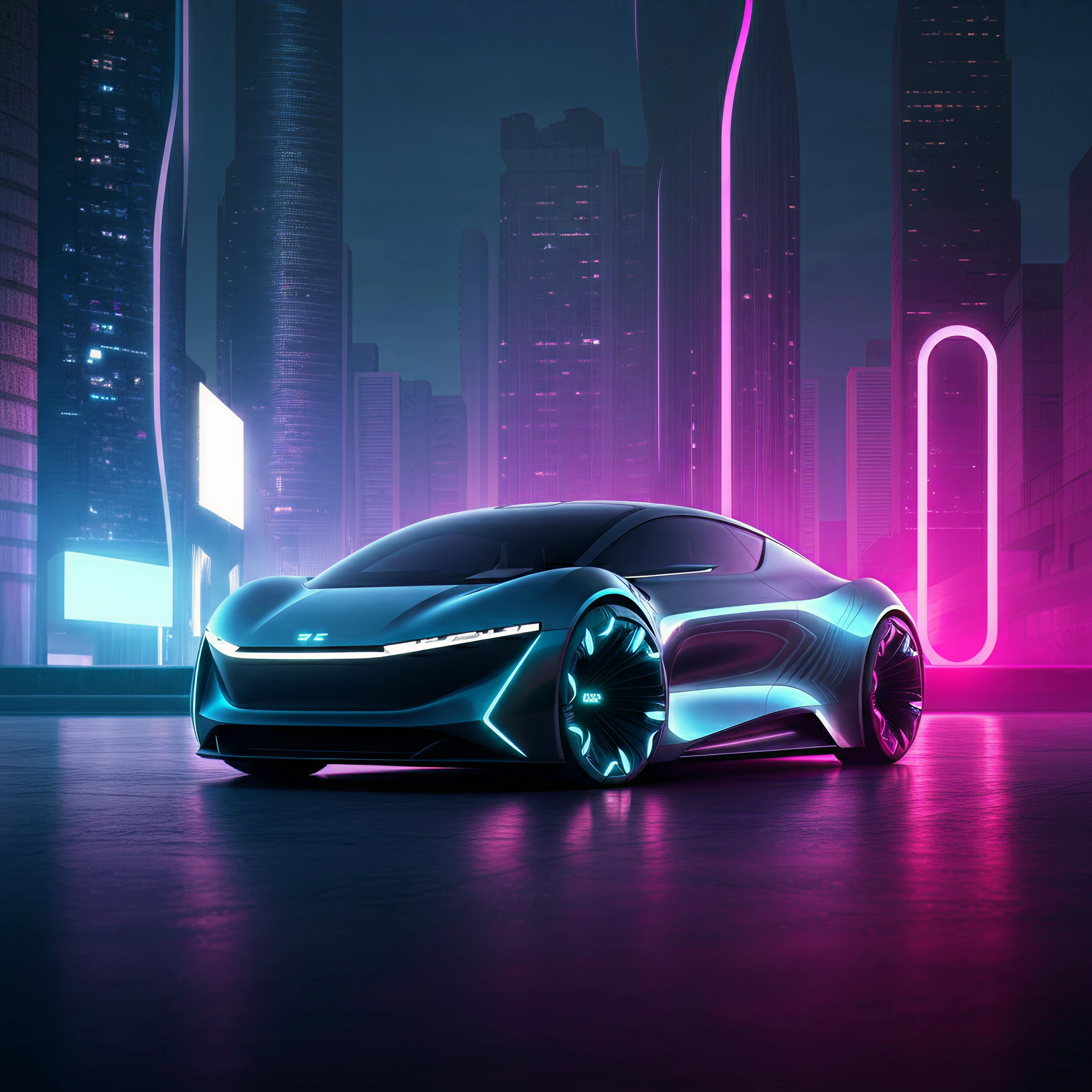The landscape of transportation is undergoing a massive transformation, and electric vehicles (EVs) are at the forefront of this change. By 2025, we’re poised to witness revolutionary advancements in EV technology, infrastructure, and adoption rates that will reshape our roads, our businesses, and our environment. From cutting-edge innovations in battery technology to shifts in market dynamics and policy incentives, EVs are paving the way for a more sustainable and efficient future.
Whether you’re a tech enthusiast eager to explore next-gen advancements, a prospective car buyer weighing your options, or an investor observing emerging opportunities, understanding what’s on the horizon for EVs is critical. Here’s what EV 2025 promises to bring.
Advancements in EV Technology
Faster Charging, Longer Range
One of the most exciting breakthroughs in EV technology has been in the area of battery development. By 2025, companies like BYD are pushing the boundaries of what batteries can achieve. According to a report from Ars Technica, BYD’s new “super e-platform” can charge at 10C, enabling an addition of 249 miles in just 5 minutes with their cutting-edge 1,000 kW DC chargers. For context, today’s mainstream chargers only achieve a fraction of that speed, with Tesla Superchargers peaking at 250 kW.
This quantum leap could address one of the most significant concerns among EV skeptics: charging time. With the ability to recharge as quickly as refueling at a gas station, EVs are becoming an increasingly practical option for consumers hesitant to make the transition.
Smarter Vehicles, Smarter Driving
AI and autonomous driving technologies are expected to become even more integrated into EVs by 2025. Enhanced safety features, real-time traffic navigation, and predictive maintenance alerts are just a glimpse of the improvements AI-powered EVs will offer. These advancements will make driving more intuitive, safer, and efficient.
Diversifying Energy Sources
The future of EV technology isn’t just about batteries but also about renewable energy integration. Solar-powered charging stations and vehicle-to-grid (V2G) technology are set to revolutionize how we power our cars and homes. By 2025, we anticipate more EVs playing dual roles as vehicles and mobile energy storage units.
Market Growth and Opportunities
The global EV market is projected to expand significantly by 2025. Bloomberg NEF predicts EVs will account for 10% of all passenger vehicle sales worldwide, up from just 4% in recent years. This rapid growth is driven by increased consumer awareness, competitive pricing, and an expanding selection of EV models across all segments—from compact cars to luxury SUVs.
Key Players and Emerging Brands
While industry leaders such as Tesla and Rivian dominate public attention, competition is intensifying. Companies like BYD, already the top EV producer by volume in 2025, are introducing game-changing technology and aggressively expanding their influence in regions like Europe and Asia.
For investors, this dynamic market presents significant opportunities. From battery manufacturers and software developers to charging infrastructure providers, EV 2025 will open doors for a wide array of businesses and stakeholders connected to the EV ecosystem.
The Environment and Sustainability
The widespread adoption of EVs by 2025 will lead to notable environmental benefits, including reduced carbon emissions and decreased reliance on fossil fuels. Governments and organizations worldwide are setting ambitious emissions targets, with many cities planning to phase out combustion-engine vehicles altogether.
Additionally, the advancements in battery production are focusing on sustainability. By 2025, many EV companies are expected to source materials responsibly and implement recycling programs for used batteries. This not only lowers the environmental impact but also makes EVs a more sustainable choice for the long term.
Evolving Policies and Incentives
Various national and regional governments recognize the importance of transitioning to electric mobility and are tailoring policies to accelerate this shift. By 2025, expect the following:
- Tax Breaks and Subsidies: Increased financial incentives for EV buyers, including tax credits and rebates.
- Zero-Emission Zones: Many urban areas will restrict access to internal combustion engine (ICE) vehicles, giving EVs unrestricted mobility in city centers.
- Expansion of Public Charging Infrastructure: Countries are committing billions to develop widespread and accessible charging networks, ensuring EV owners can confidently hit the road for long trips.
These government-backed initiatives are designed not only to encourage EV adoption but also to stimulate innovation and competition, further advancing the industry.
Infrastructure Developments
The shift to EVs isn’t happening in a vacuum. Robust infrastructure is essential to support widespread adoption, and substantial investments are going into making this a reality. Key developments include:
- Ultra-Fast Charging Stations: Chargers capable of delivering 1,000 kW or more will become more common, reducing wait times and making electric road trips feasible. More than 4,000 megawatt charging stations are projected to launch globally, attributed to tech leaders like BYD.
- Interoperable Networks: Charging networks will focus on interoperability, enabling EV owners to use a single app or payment method across various charging providers.
- Smart Grids: With the influx of EVs, grid modernization efforts are prioritizing smart systems to distribute energy efficiently, handle peak demand, and integrate renewable sources.
These developments will make driving and maintaining an EV as seamless as owning a traditional gas-powered car, removing barriers for prospective buyers.
EV 2025: A Glance into the Future
By 2025, EVs won’t just be an alternative to traditional vehicles; they’ll represent a superior option across almost every measure. With faster charging times, smarter technology, robust infrastructure, and positive environmental impacts, EV 2025 is driving the future of sustainable mobility.
Whether you’re considering purchasing your first EV, looking for investment opportunities in a rapidly evolving industry, or simply marveling at the technological advancements shaping our world, now is the time to get involved with the electric revolution.
Are you ready to take the leap into the future? Stay tuned for breakthroughs, and don’t miss your chance to experience the transformation.








